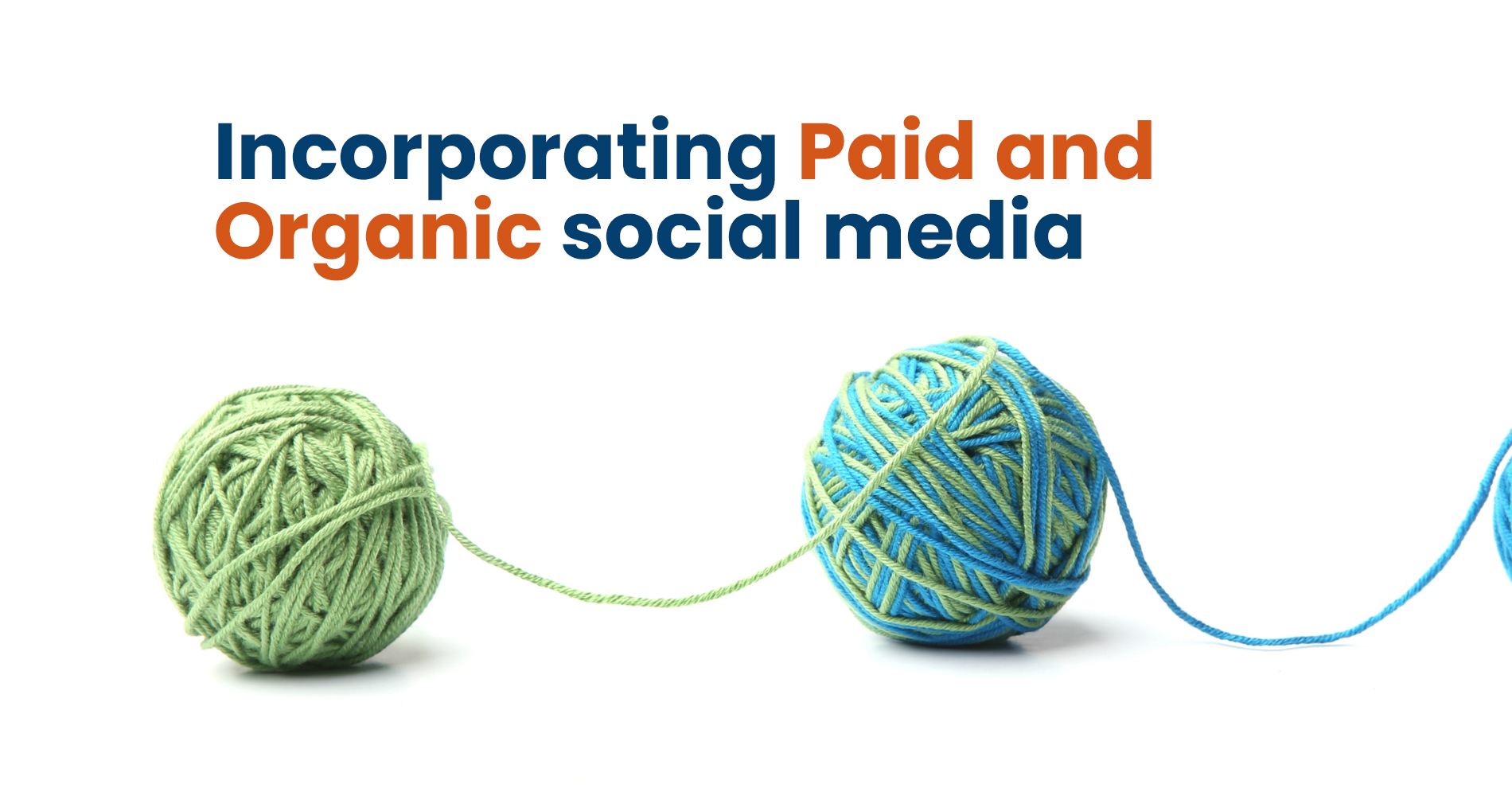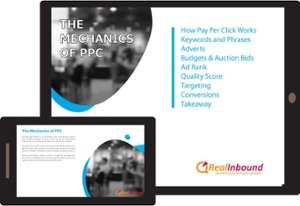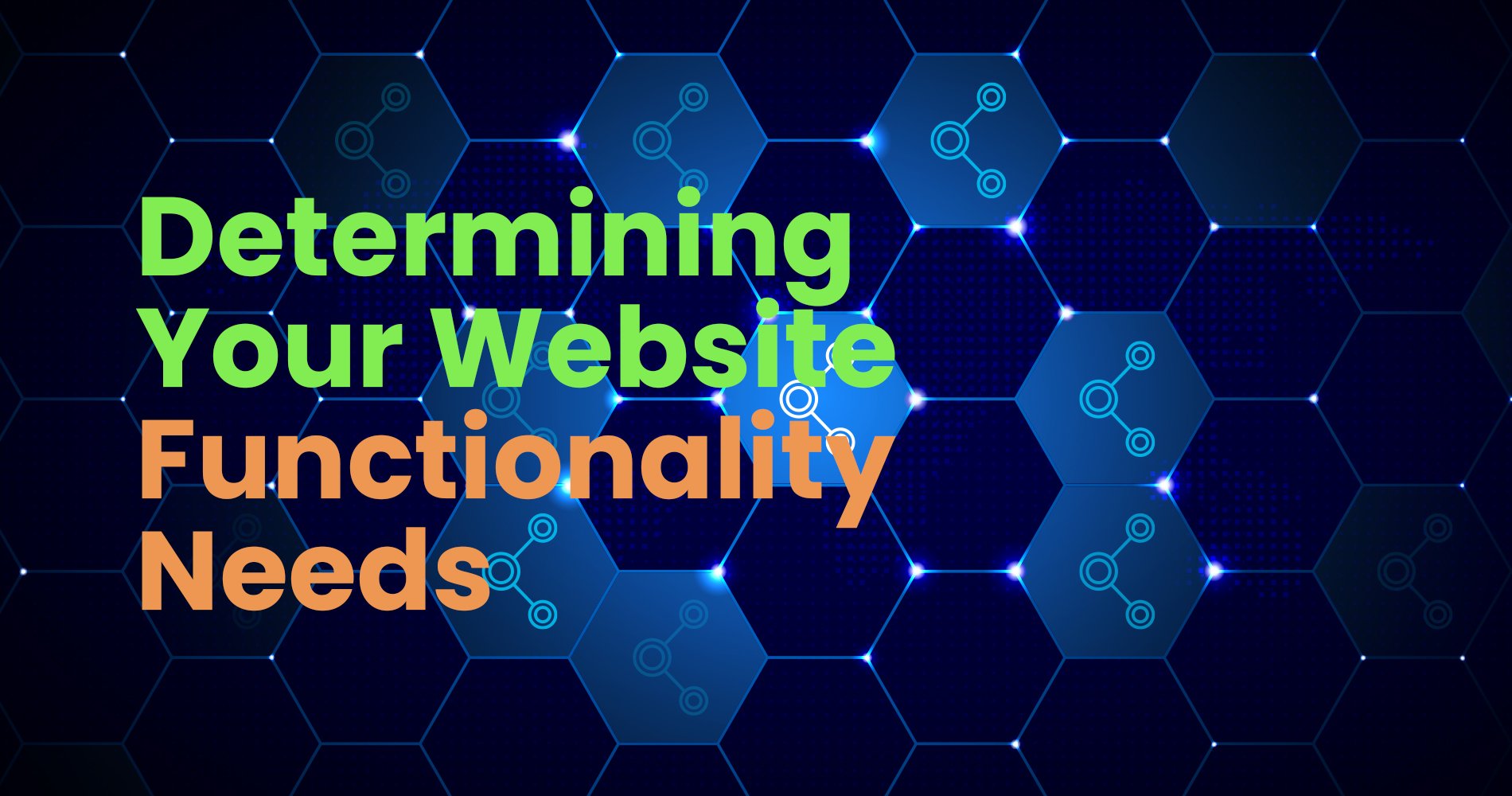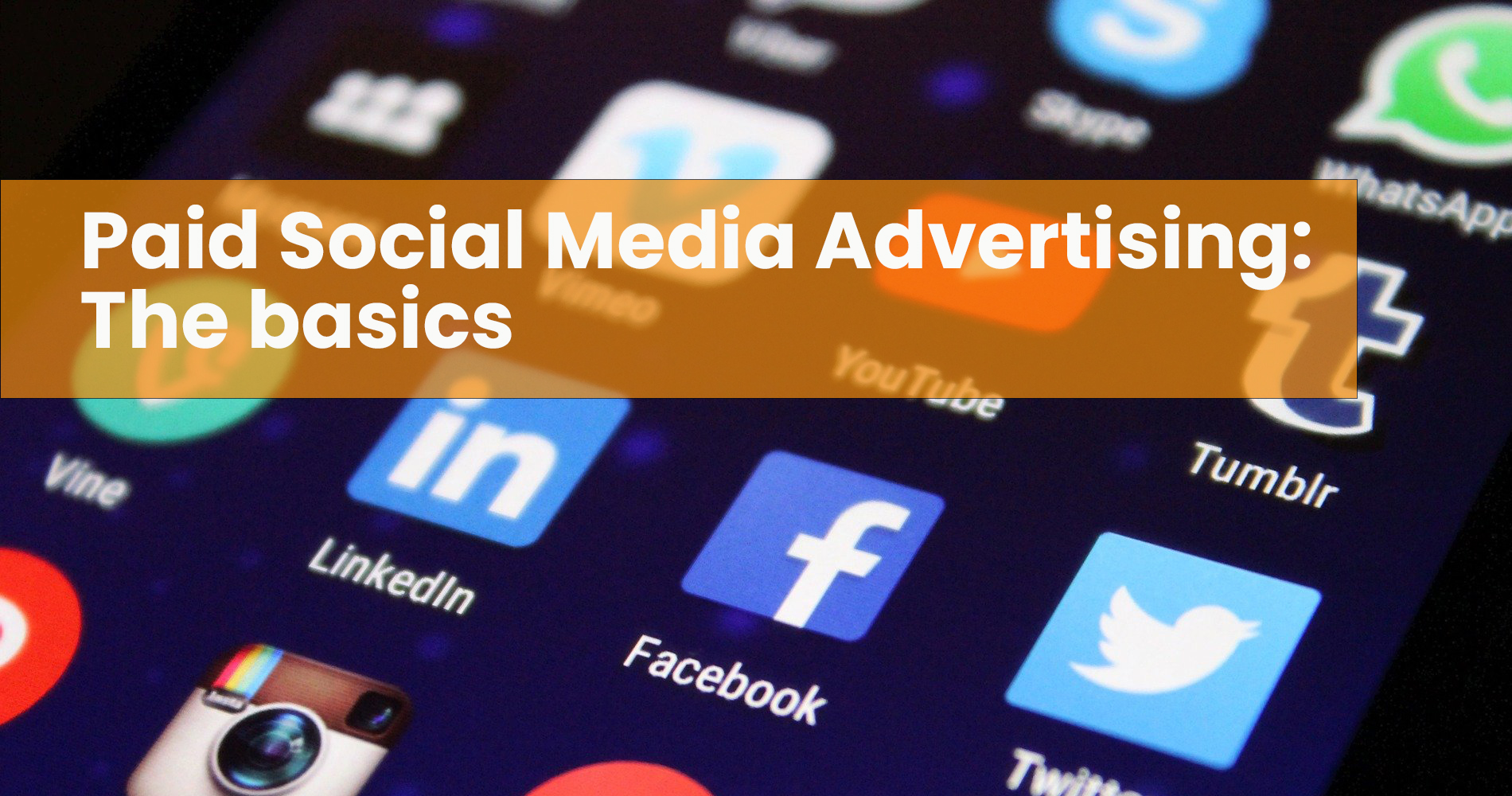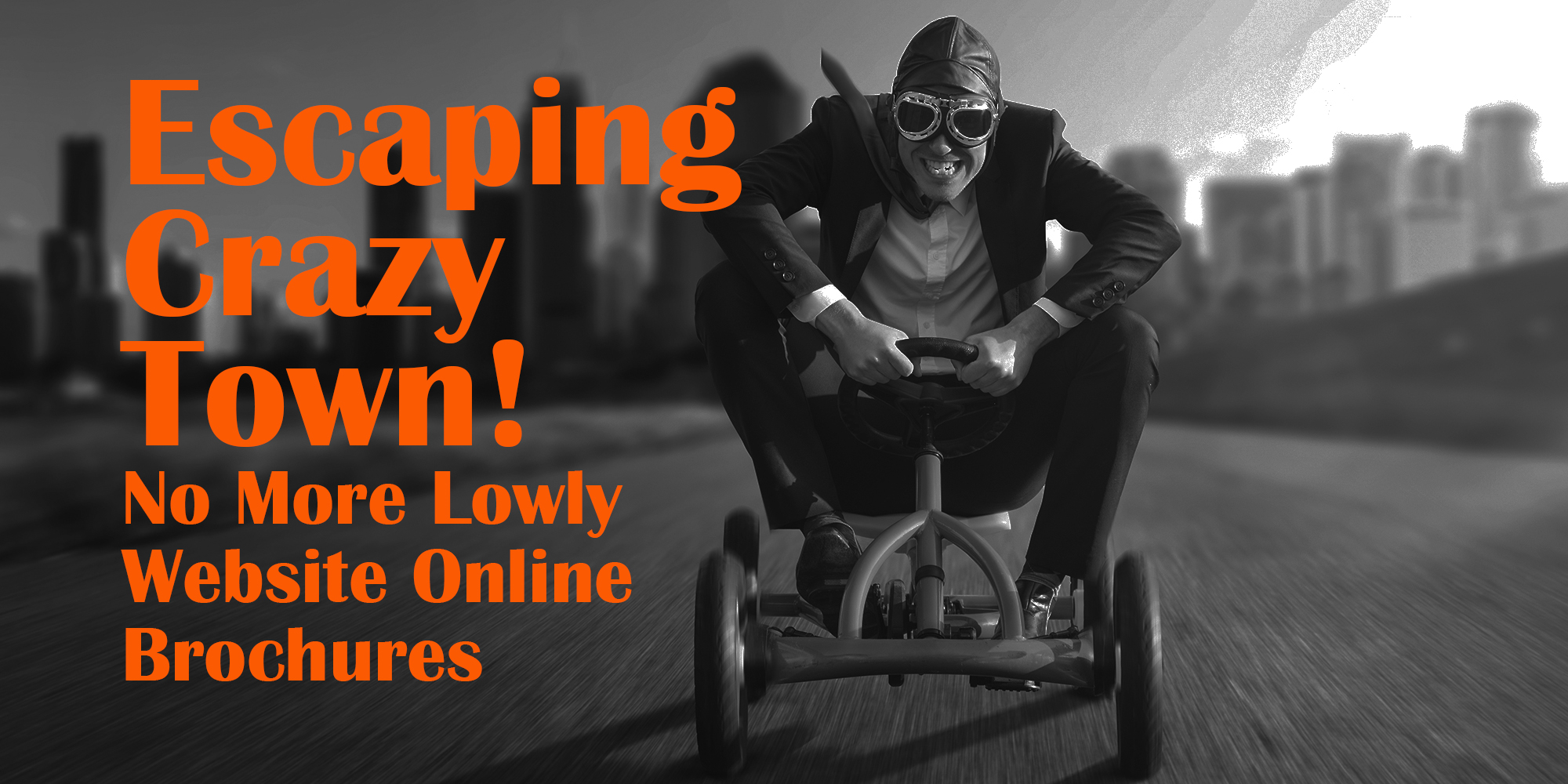Social media sometimes gets a bad rap when it comes to marketing. However, when done right, social media is a fantastic way to connect with your target audience and make a broad introduction to what you want to sell.
The choice for social media marketing strategies has never been greater. There are many ways to build your online audience, from using paid social media advertising to use free techniques and resources. If you ask us, the trick is to combine them both. It's best to use paid advertising on specific social channels. Then, you can use the organic resources that you built from your paid efforts to further promote your company and brand.
Knowing both paid and organic social media marketing's benefits and drawbacks can help you implement a holistic social media strategy. Paid advertising allows you to more narrowly target and more accurately measure the effectiveness of your campaigns, while organic strategies are more time-intensive, they usually have a lower cost and can generate more brand awareness. A successful approach to social media marketing usually involves a combination of both strategies.
Social media marketing may not seem like low-hanging fruit, but paid ads on social media are a lucrative opportunity for businesses in the post-pandemic world. Back in 2020, when this dreadful tragedy reigned its ugly head upon the world, people began using social media much more than before because there was nowhere else to go if they wanted to communicate with others away from home. This caused a lot more people to see an advertiser’s message and thus increased the number of potential customers they could get.
Now, how do you proceed with your brand's social media marketing strategy? The answer to this question depends largely on your marketing objectives.
What is organic social media?
Social media is not a place where people go to only see paid advertisements. It is a place where everyone, including businesses and brands, shares with the other users. The organic content that is shared with others for free on social media is called organic social media.
Organic social media means the content users, including marketers and businesses, freely share on social networks (posts, videos, memes, etc.).
A brand that posts organically to its account can anticipate the following audience:
- Your organic reach (also known as "organic followers")
- Shared posts from your followers
- Those who follow your hashtags
Social media is the best way to cultivate a relationship with your customers at scale, and it underpins every digital marketing campaign today.
Organic social media, for example, helps brands:
- Develop their individuality and voice
- Share informative, entertaining, or inspiring content to engage your audience
- Keep your customers engaged from start to finish
- Provide customer service to their clients
While you might think that social media influencer marketing and paid social media are the same, they differ in many ways. First of all, influencer marketing often includes other forms of media. For example, they might include video or audio, while paid social media doesn't. Also, paid social media is always a company buying an ad from a social media company, whereas influencer marketing isn't always paid.
Although some companies combine the two for a better user experience, many businesses find it easier to use one or the other. Either way, both are essential to the success of any brand. While organic social is great, the downside is that not many people will see your posts. Facebook and Twitter only show about 10-15% of your followers your posts. But you can fix this by buying ads. By doing this, you can get your post in front of your followers, especially if you're targeting new followers or fans of similar pages.
Despite the world's biggest social media platforms reaching saturation, attention spans shortening, and platform CEOs focusing on "meaningful" or "responsible" user experiences, organic reach has been declining for a few years now. Reaching out to new audiences from your brand is therefore to your brand's detriment.
Paid social media plays a significant role here.
What is paid social media?
eMarketer reports that Paid social media advertising has been on the rise since 2020. Not only do users spend more time on social media, but they are also more familiar with online shopping via e-commerce or social media. When ads are designed carefully, they seem more effortless on social media.
Social media advertising isn't just important to B2C retailers. Brands rely more on paid posts to reach new audiences on social media, convert them to customers, and reach new audiences. Paid social media marketing is used for:
- Attracting new followers and increasing brand awareness
- Publicise their newest deals, content, events, etc.
- Creating leads
- Convert visitors into buyers (including sales via e-commerce)
Paid vs organic social media
Organic and paid social strategies each have their advantages and disadvantages. Organic strategies are free – the only cost is the time! It's how you build a following of people who are interested in you and your product. Organic strategies help boost sales because people come back to your site to buy more. Paid social strategies are for people with a little bit more funds at their disposal than those who are willing to work for what they have. Paid social strategies are a tried-and-true way to bring in revenue quickly and effectively.
Integrating paid and organic social media strategies
When it comes to social media, most businesses usually follow the path of organic content to entice existing customers, while using paid ads to try and attract new customers. This can be one of the best ways of getting business, but several strategies can be utilised to get a greater return on investment. Depending on what you're trying to achieve with a social media page, there are several different tactics you can implement. Creating a strong social media presence using organic content and paid ads can be an effective marketing strategy for your business, but you need to know how to do it right!
1. Not every promotional post needs to be paid
It's very important to take advantage of opportunities that don't cost money. This can create a lot of extra traffic to your website and help you attract users who are more likely to be interested in your product. A lot of people think that all content has to be paid for, but this simply isn't the case. If you take advantage of things like blog posts, forums, and social media, you'll be able to get in touch with people who might be interested in your product or service.
Thus, you should only pay for ads if they will help you hit your KPIs and ultimately reach your business goals. There is more to social media than ads.
Having said all of that, if the organic activity isn't providing you with the reach or impressions you'd hoped for, then perhaps it's time to pull out the cash.
2. Boost your best organic content
You want your best organic content to get noticed! Don't waste time, energy, and resources trying to promote your content to the same people over and over again. Instead, boost your best stuff. Get your best organic content in front of new people by boosting the posts that already perform well on Facebook. The more you boost, the more your organic content will grow! The truth, however, is that one size does not fit all when it comes to boosting. You will get better results from certain types of content than others. These tips will help you make the most of your organic content.
A low-risk tactic, this is considered an entry-level approach because you don't have to make an ad or even plan an entire campaign.
However, social media professionals know when a trend happens, then it's time to invest heavily in it.
Optimise all your posts using A/B testingYou've gone through all the trouble of creating a highly engaging piece of content, but how do you know it works? Simple: use an A/B testing software to optimise it! A/B testing is a fun and effortless way to optimise your blog or website without needing to dig through the analytics. When you're creating a blog post, you want to make sure you present the best version of your article. But how do you do that if you can't tell what's the best version? This is where A/B testing can save you a great deal. A/B testing is a method of comparing two versions of a post to see what works best. It's a great way to see which headline is more enticing or which subtitle has a better click-through rate. When you're starting, A/B testing can be a bit overwhelming and time-consuming. But once you get the hang of it, it will be a terrific way to get even more traffic to your blog and make sure you're providing the best user experience.
Test your social media ads with a smaller audience before allocating your entire budget to them. Make sure to test your call-to-action, copywriting, visuals, as well as the ad's placement, format, and even audience targeting. Depending on the audience demographics (age, location, etc.) you can also test it before investing in a larger campaign. It's a win-win: Your audience will remember, enjoy and respond to a memorable advertisement, while you will incur fewer costs to advertise.
4. Make your ads relevant to your organic audience
When you advertise to your organic audience, it's important to make sure the ad is relevant to them. If you're targeting your organic traffic, you'll want to make sure your ad coincides with their interests. Your ads are then more likely to get clicked on and it can help with your CTR. If you're targeting your audience who has already been to your landing page, it's important to make sure your ad is still relevant. Otherwise, your CTR will decrease. Ads that target the organic traffic of your website also benefit from a lower cost per click. This means you spend less money, and it increases your reach with the same budget.
Almost all social networks allow you to create lookalike audiences based on your best customers. It could be your newsletter subscribers, people who have engaged with your profile or content, or even people who have bought your product in the last year. Lookalike audiences have similar demographics and behaviors to your organic audience but haven't been exposed to your brand yet.
5. Retarget your organic audience using retargeting ads
These days, it's hard to stand out amongst the crowd online. That's why it's important to do what you can to increase your ad reach. You can do this by retargeting your existing organic audience. What does this mean? It's a process that works by showing a person ad based on your previous marketing efforts. You can retarget Facebook users for free if you use Facebook's Business Manager. Or you can use a platform like AdRoll, which will track your visitors across the web and figure out who your best leads are. You can then show these people ads through Facebook, Google, and other platforms, so you know they will opt into your ads. This way, you can make sure the people you are ads to are already your fans, so you can better reach your goals.
6. Measure your results and analyse your data
If you're just getting started with paid social – or even if you've been doing it for a while – there's a chance that you've already run a campaign that wasn't as successful as you'd hoped. If that's the case, don't be discouraged! You need to be paying attention to your audience, the products themselves, and your content. Social analytics tools make it easy to analyse how content performs on social media and you should always pay attention to the data to improve future campaigns. It’s in your best interest to understand the campaigns you’re running. You should be able to see what needs to be improved or changed in your campaign. Your analytics are your best friend! You should know what to change before you start and what has worked to help your customers
7. Whenever possible, automateIf you’re going to take the time and energy to create content for your social media channels, why not make the most of it? The simple answer lies in going for the top ROI for your effort—in other words, the quickest and best return on investment. Paid social media is an integral part of your overall social media strategy and should be considered a major component of your content plan. But you’re only as successful as your weakest effort, so you’ll want to make sure that what you post to your paid social networks also supports your organic efforts on social media. While the overall goal is to sell more, pay more, or reach more people, you’ll want to make sure that you're spending your marketing resources wisely. This can be achieved through analysis and optimisation.
Keep busy work to a minimum no matter how many consultants you have or what your company size is. Therefore, you should automate as much of your day-to-day workflow as much as possible:
- Plan ahead for your organic posts
- Process your approvals and copyedits more efficiently
- Boost posts with customised triggers
Use a social media management tool to manage your paid and organic social media efforts if you don't like to switch between platforms. It allows you to create, publish, manage, and report on all your social media activities, including ads on Facebook, Instagram, and LinkedIn.
While it isn't difficult to establish a social media strategy, many moving parts should be considered. You must think about how everything you do fits into your overall plan and what it can potentially mean for your business. If you have an established social following that you would like to strengthen between yourself and your potential customers, then we suggest making an effort to connect with your followers through both paid and organic social strategies.
